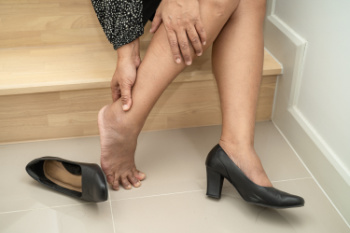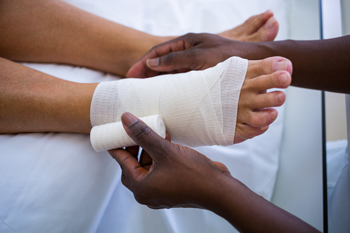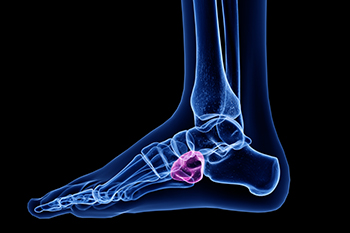
Foot surgery may be necessary for anyone dealing with painful or persistent foot conditions. One common procedure is hammertoe surgery, which corrects the abnormal bending of the toes, restoring their proper alignment and alleviating pain. Heel surgery is another option, particularly for conditions like heel spurs or plantar fasciitis, aimed at reducing pain and inflammation. Metatarsal surgery addresses issues with the bones in the ball of the foot, such as in cases of bunions or fractures. Neuroma surgery may be required for individuals with Morton’s neuroma, a condition where a thickened nerve causes pain in the ball of the foot. Additionally, tendon surgery can be performed to repair or release tendons that may be causing discomfort or limited mobility. If you have persistent foot pain or chronic foot issues, it is suggested that you are under the care of a podiatrist who can determine whether foot surgery is right for you.
Foot surgery is sometimes necessary to treat a foot ailment. To learn more, contact one of our podiatrists of Greater Boston Foot Care, PLLC. Our doctors will assist you with all of your foot and ankle needs.
When Is Surgery Necessary?
Foot and ankle surgery is generally reserved for cases in which less invasive, conservative procedures have failed to alleviate the problem. Some of the cases in which surgery may be necessary include:
- Removing foot deformities like bunions and bone spurs
- Severe arthritis that has caused bone issues
- Cosmetic reconstruction
What Types of Surgery Are There?
The type of surgery you receive will depend on the nature of the problem you have. Some of the possible surgeries include:
- Bunionectomy for painful bunions
- Surgical fusion for realignment of bones
- Neuropathy decompression surgery to treat nerve damage
Benefits of Surgery
Although surgery is usually a last resort, it can provide more complete pain relief compared to non-surgical methods and may allow you to finally resume full activity.
Surgical techniques have also become increasingly sophisticated. Techniques like endoscopic surgery allow for smaller incisions and faster recovery times.
If you have any questions please feel free to contact our office located in Plymouth, MA . We offer the newest diagnostic and treatment technologies for all your foot and ankle needs.




